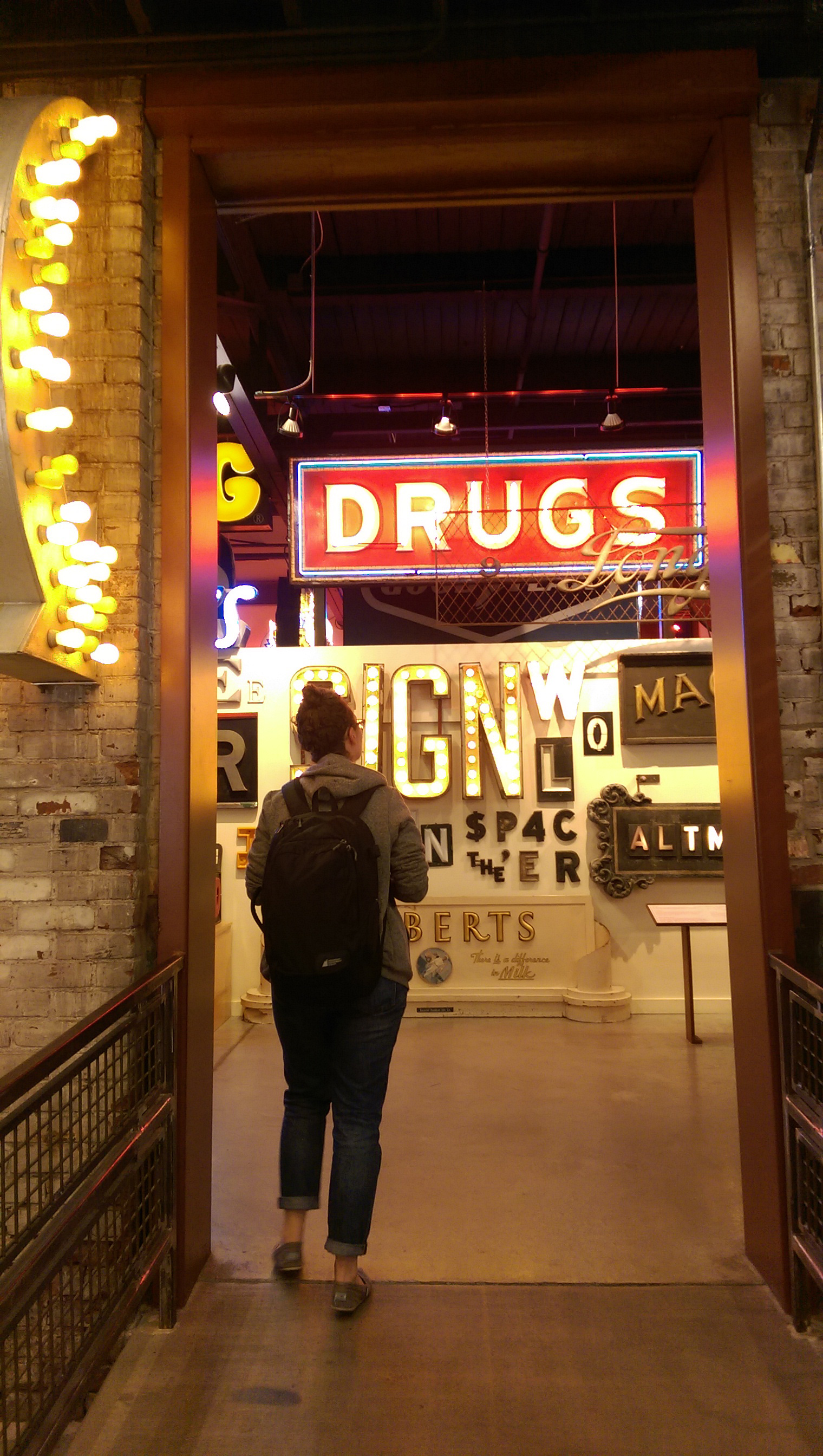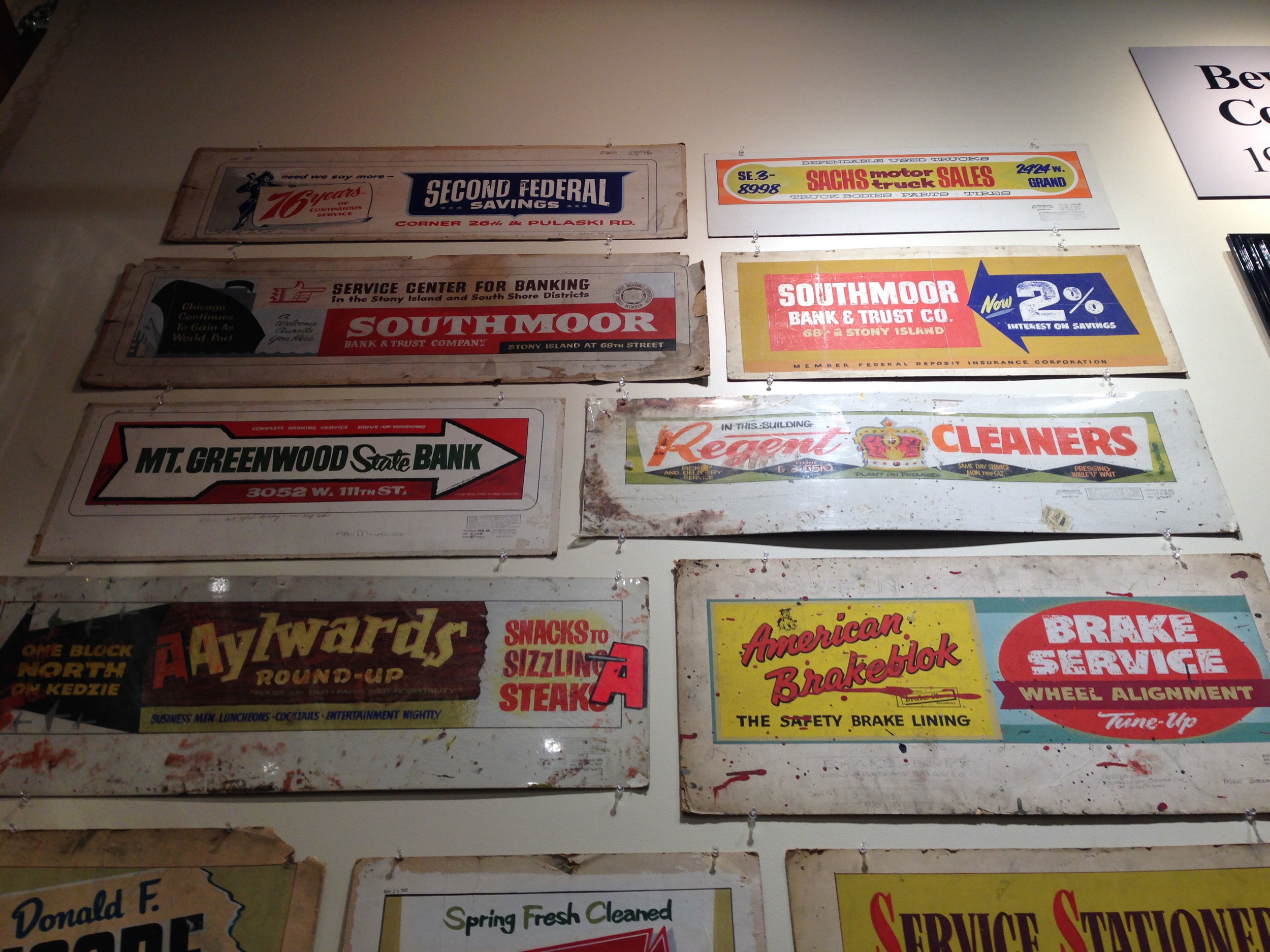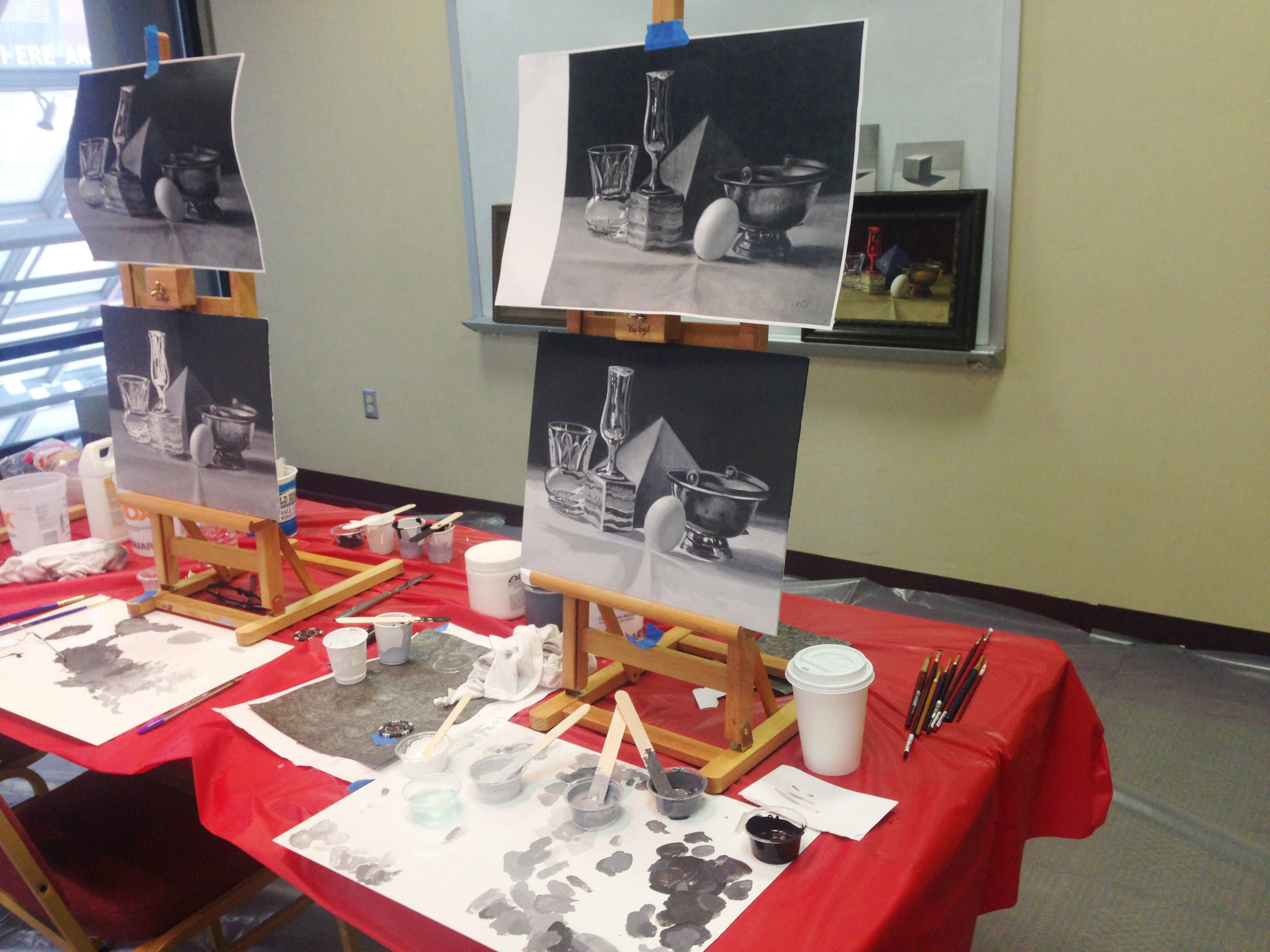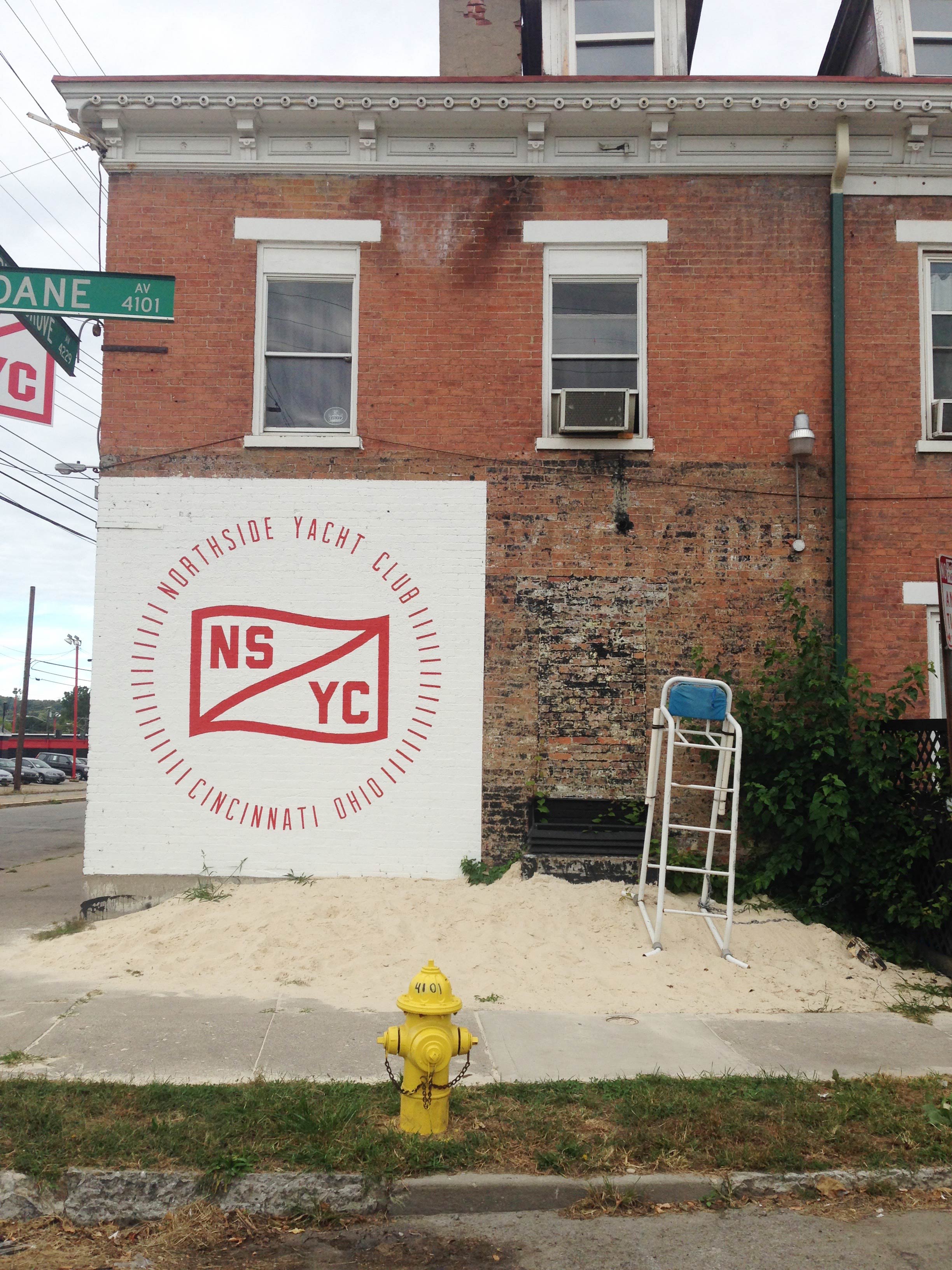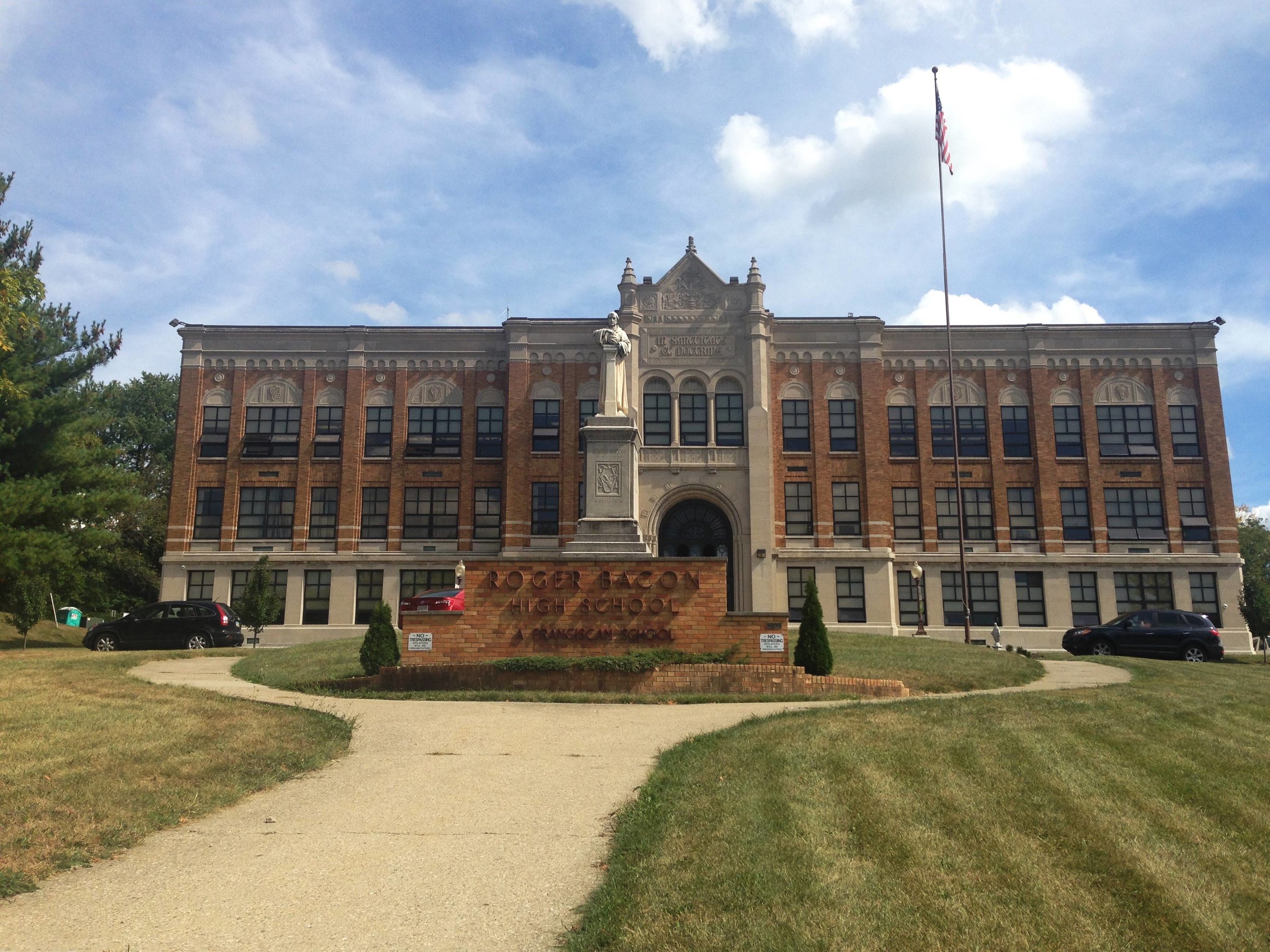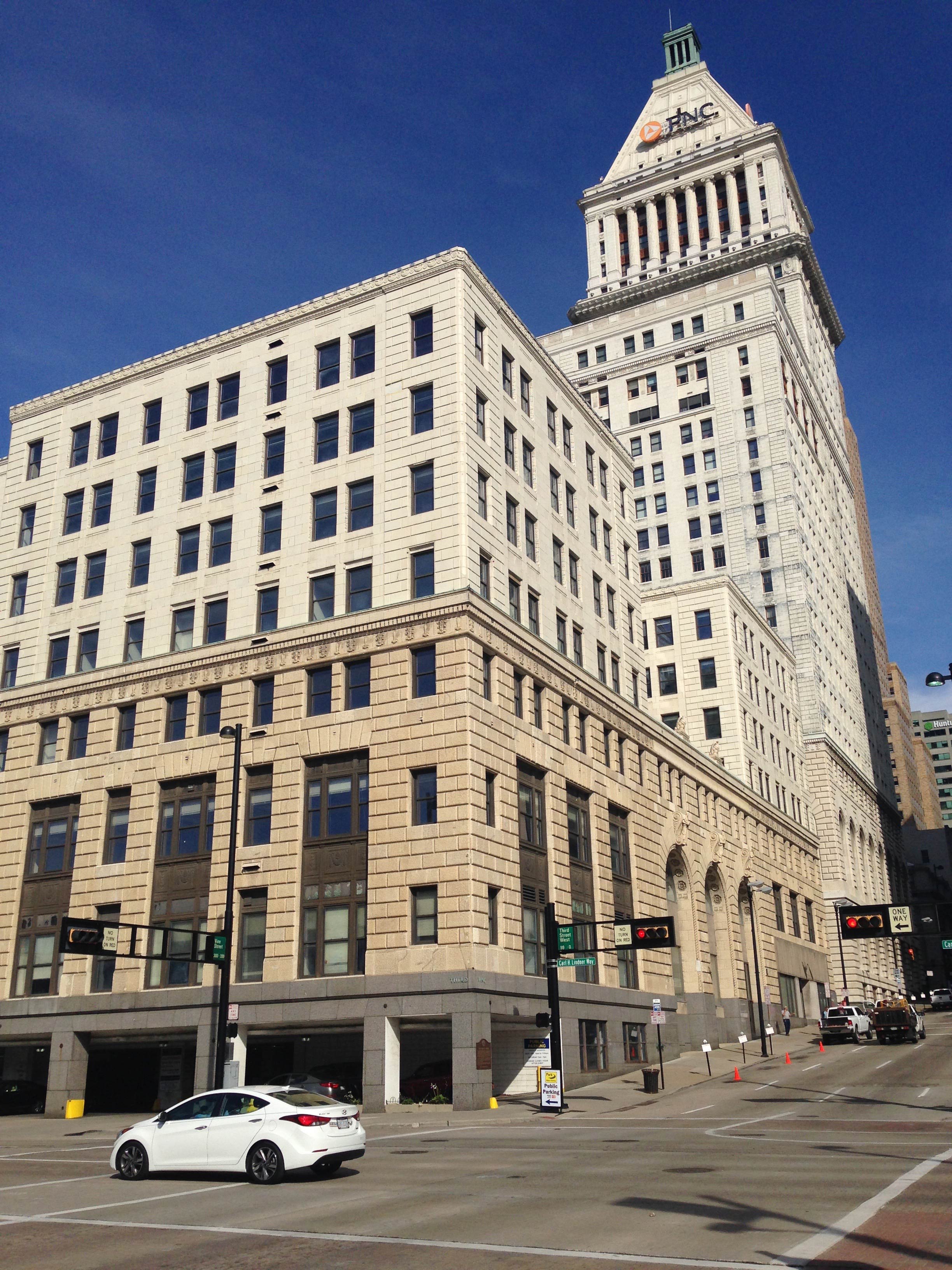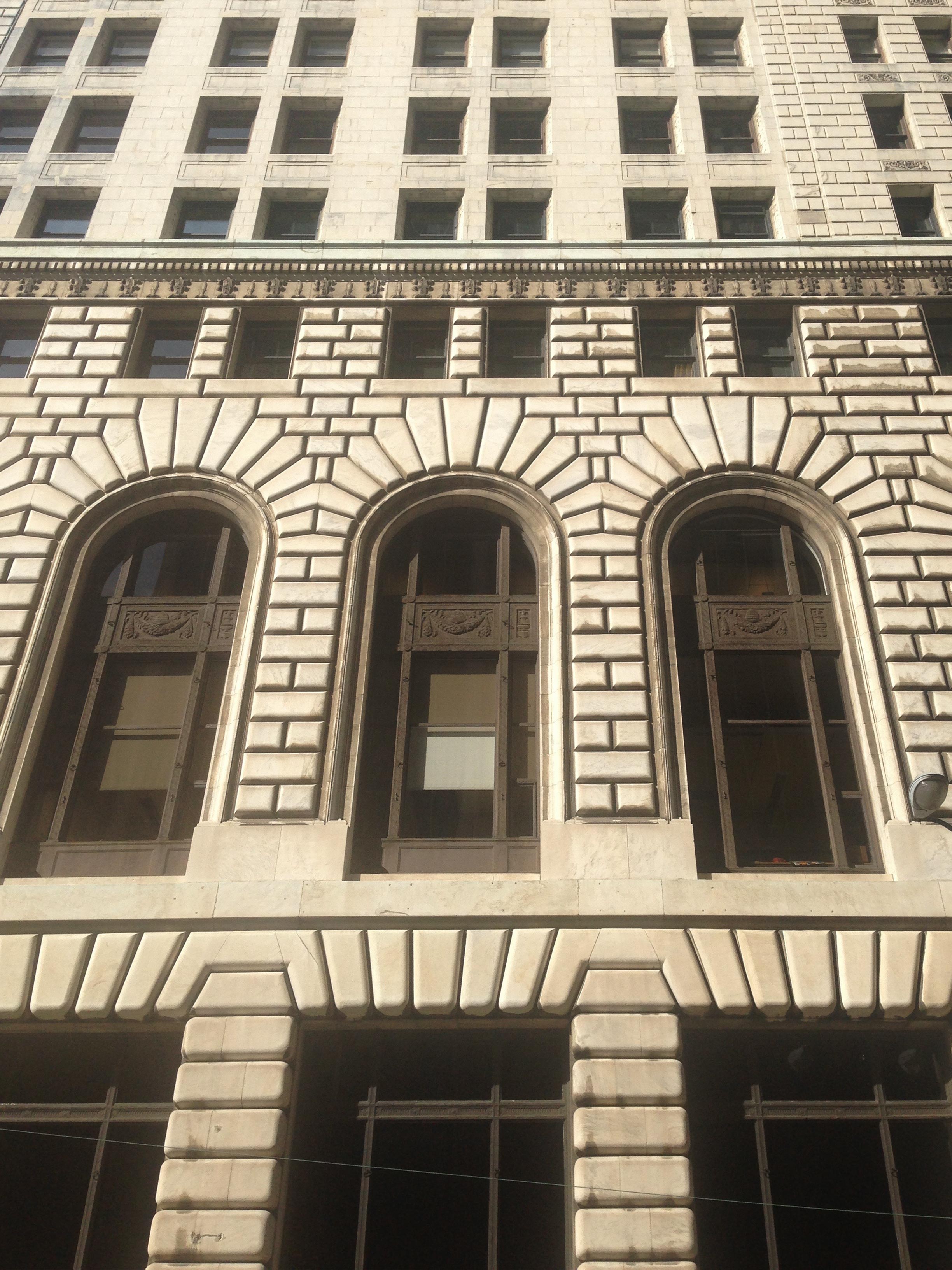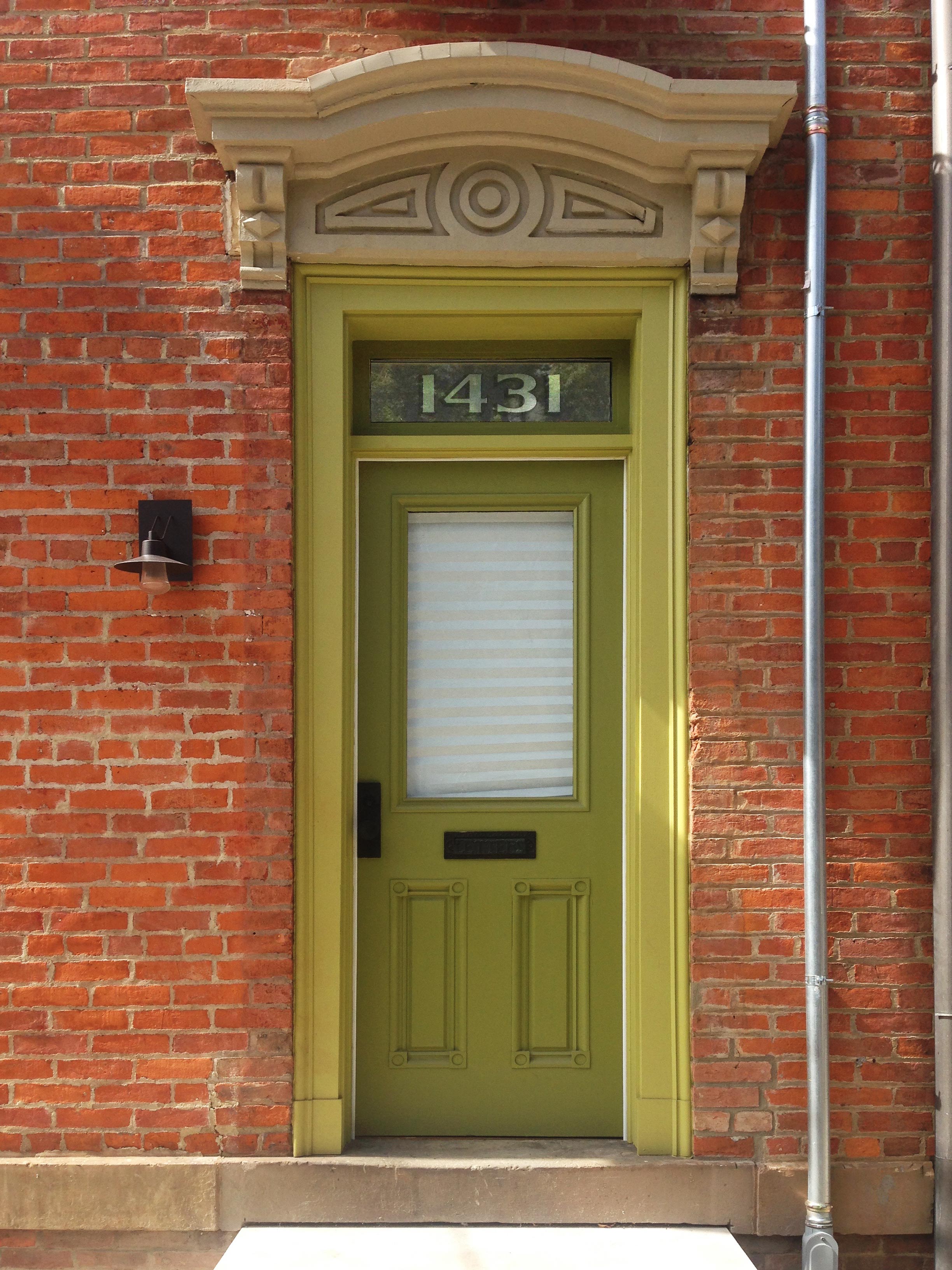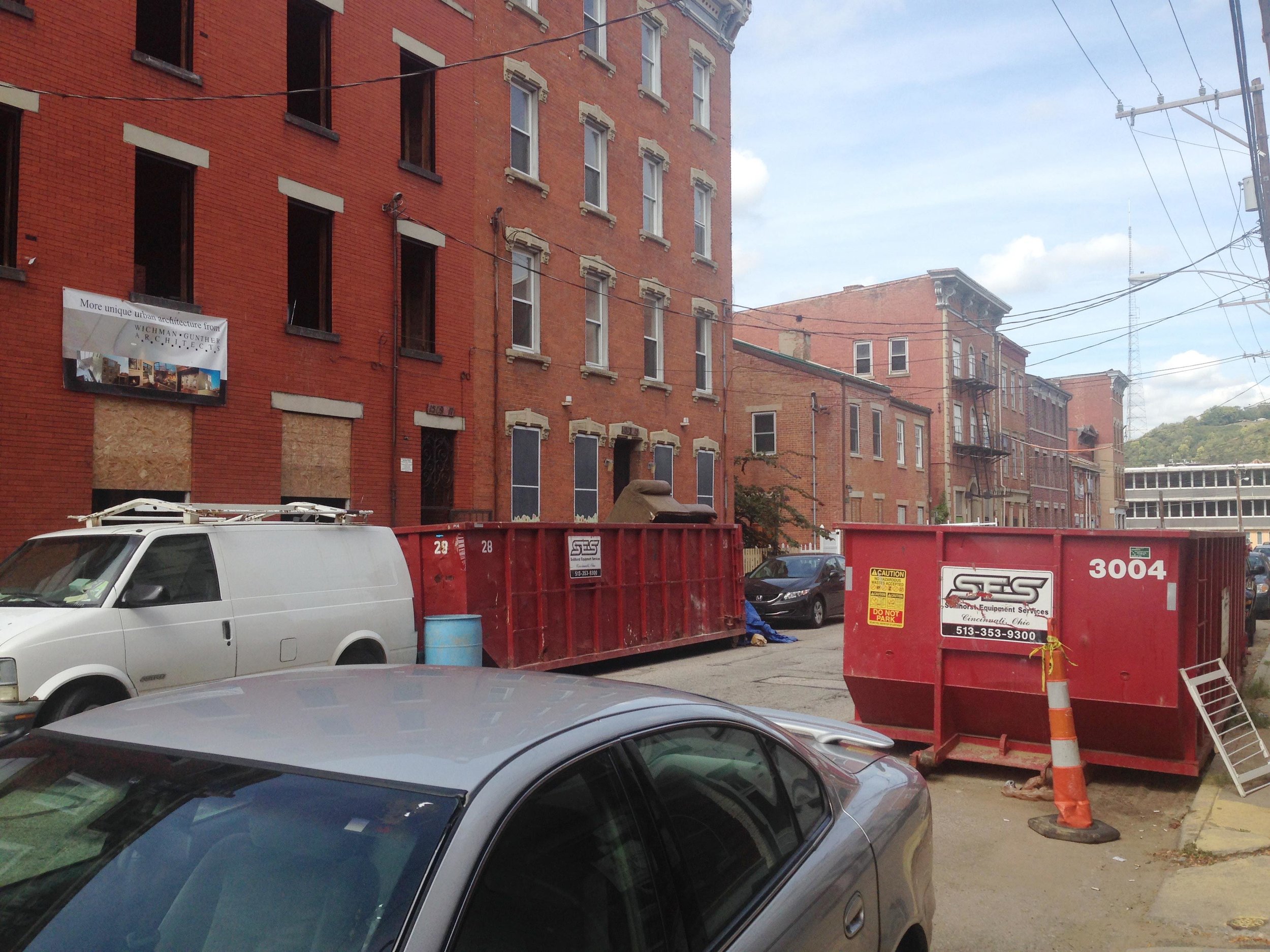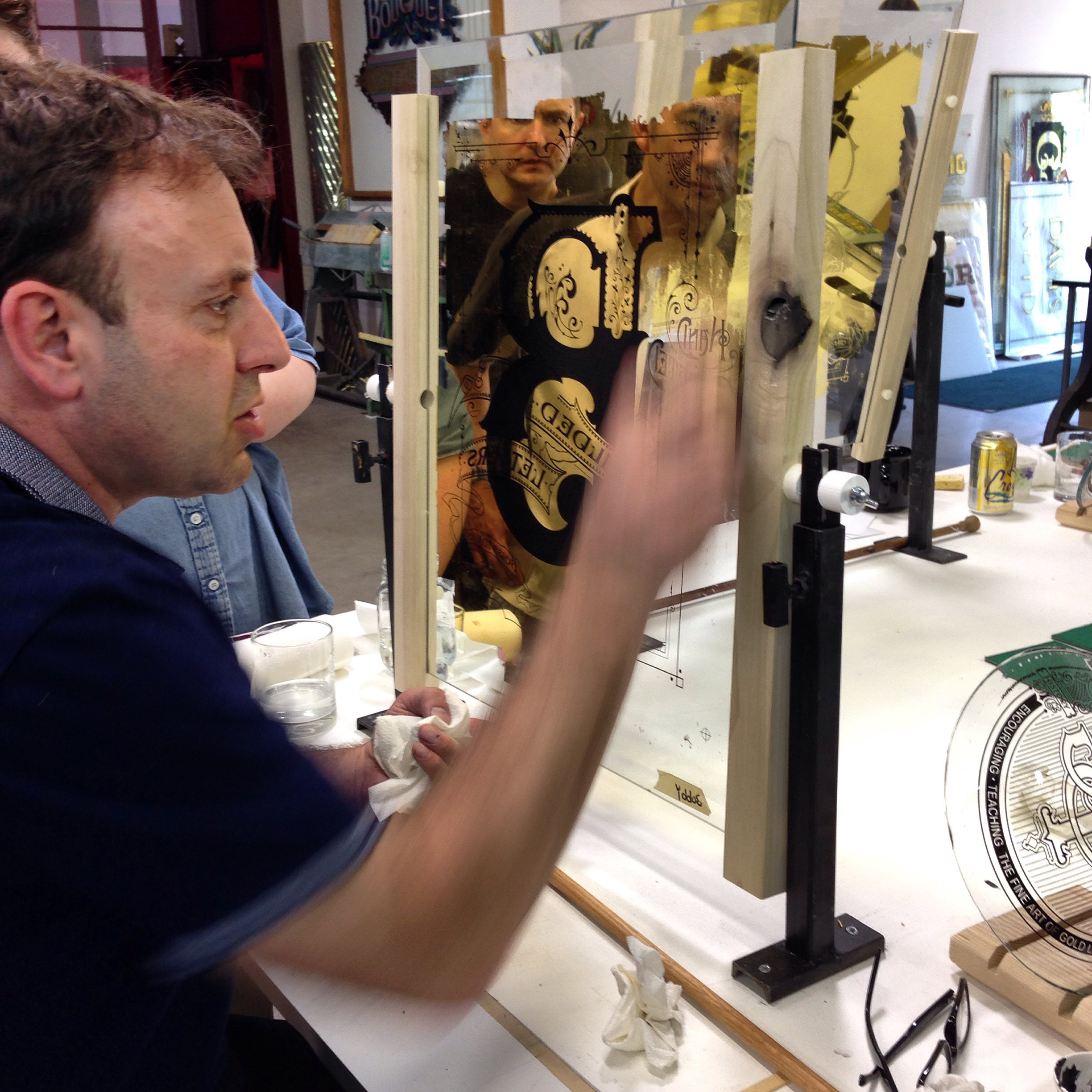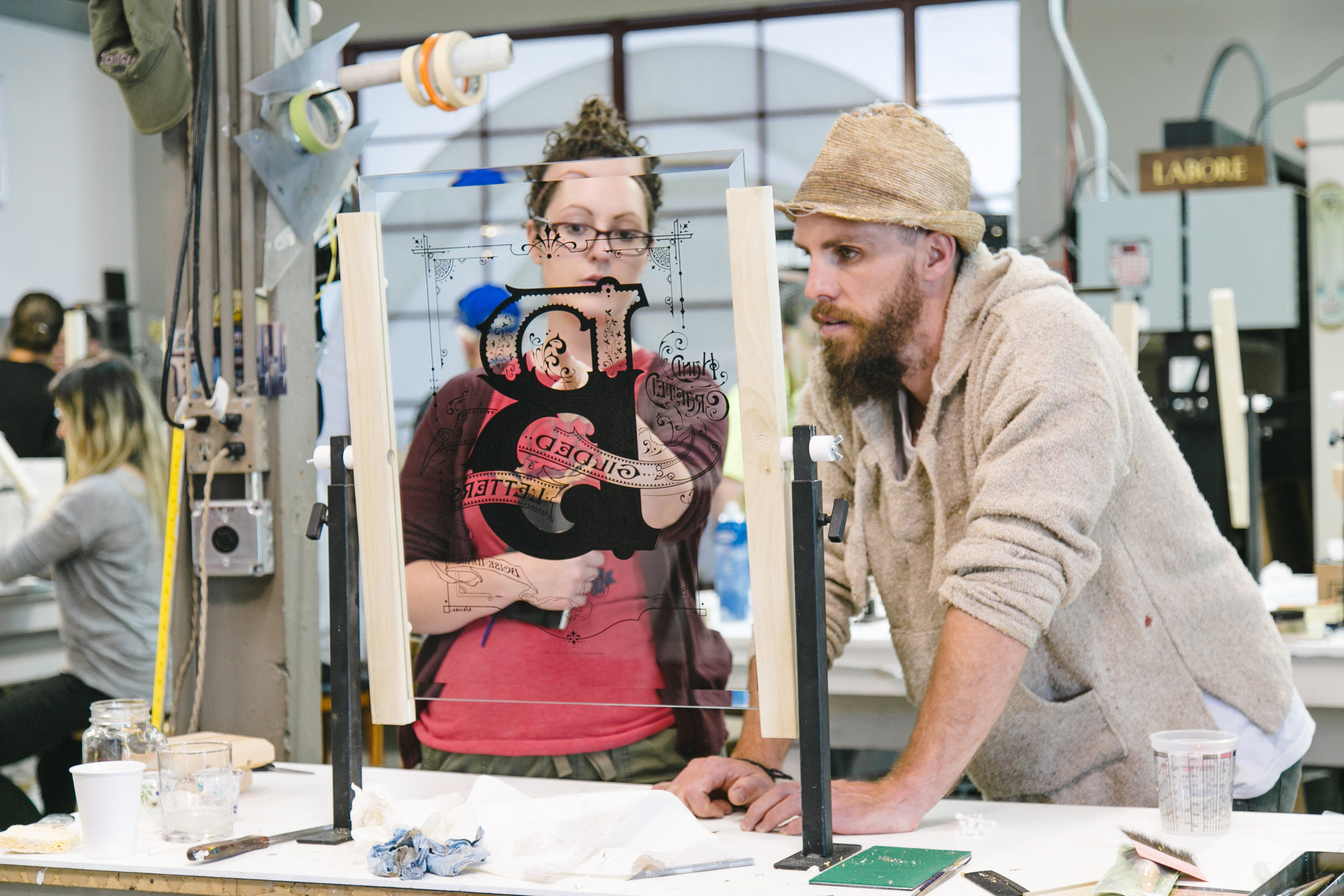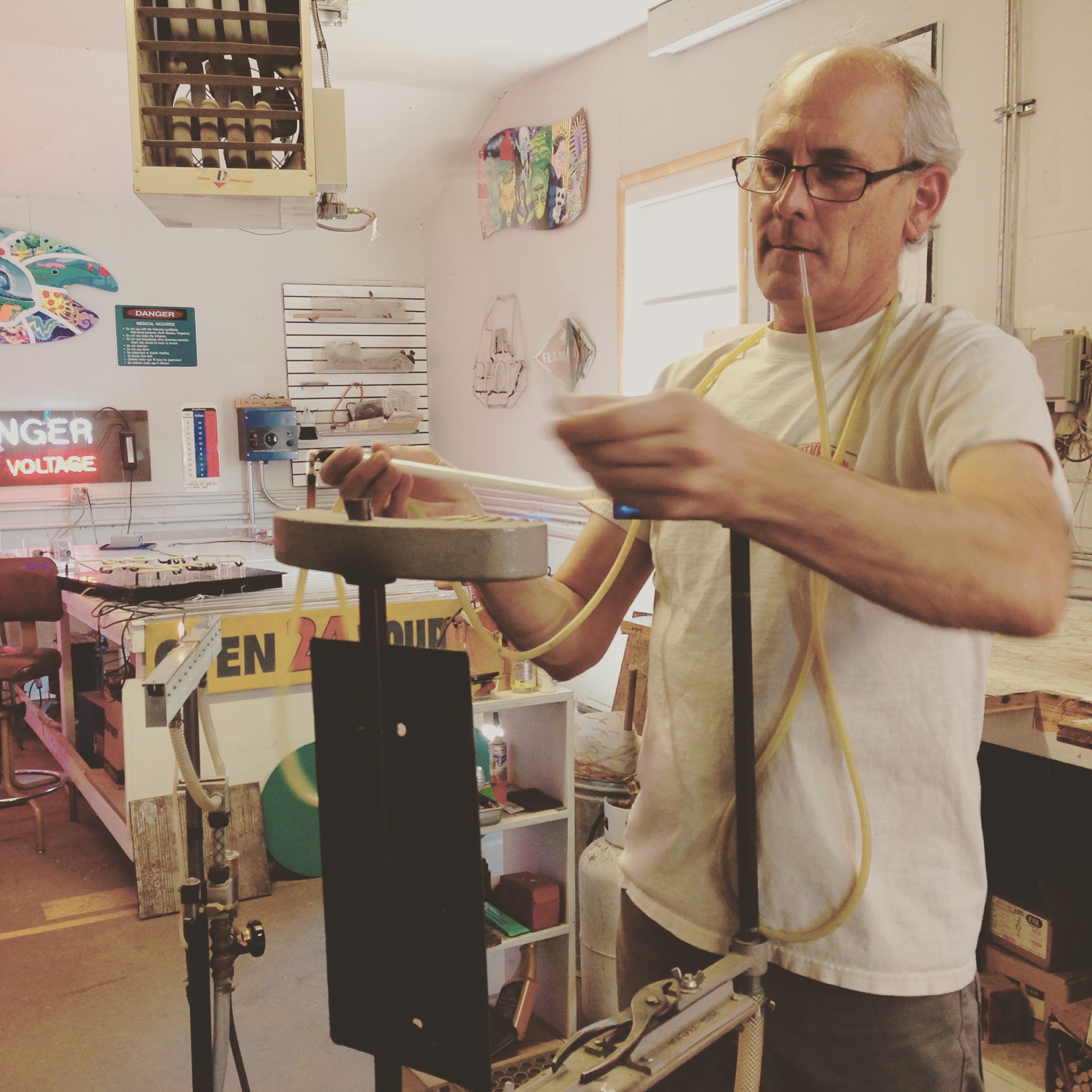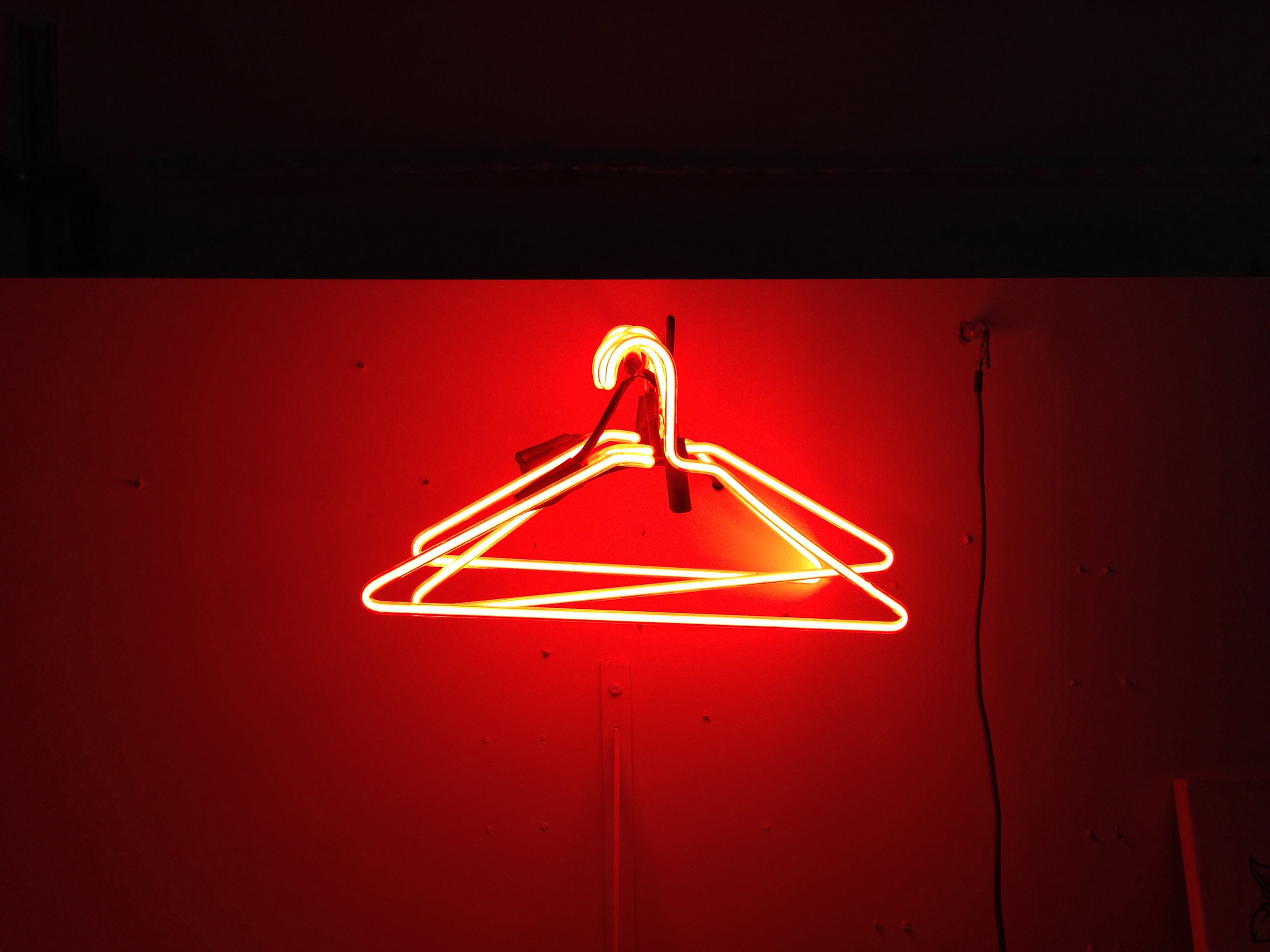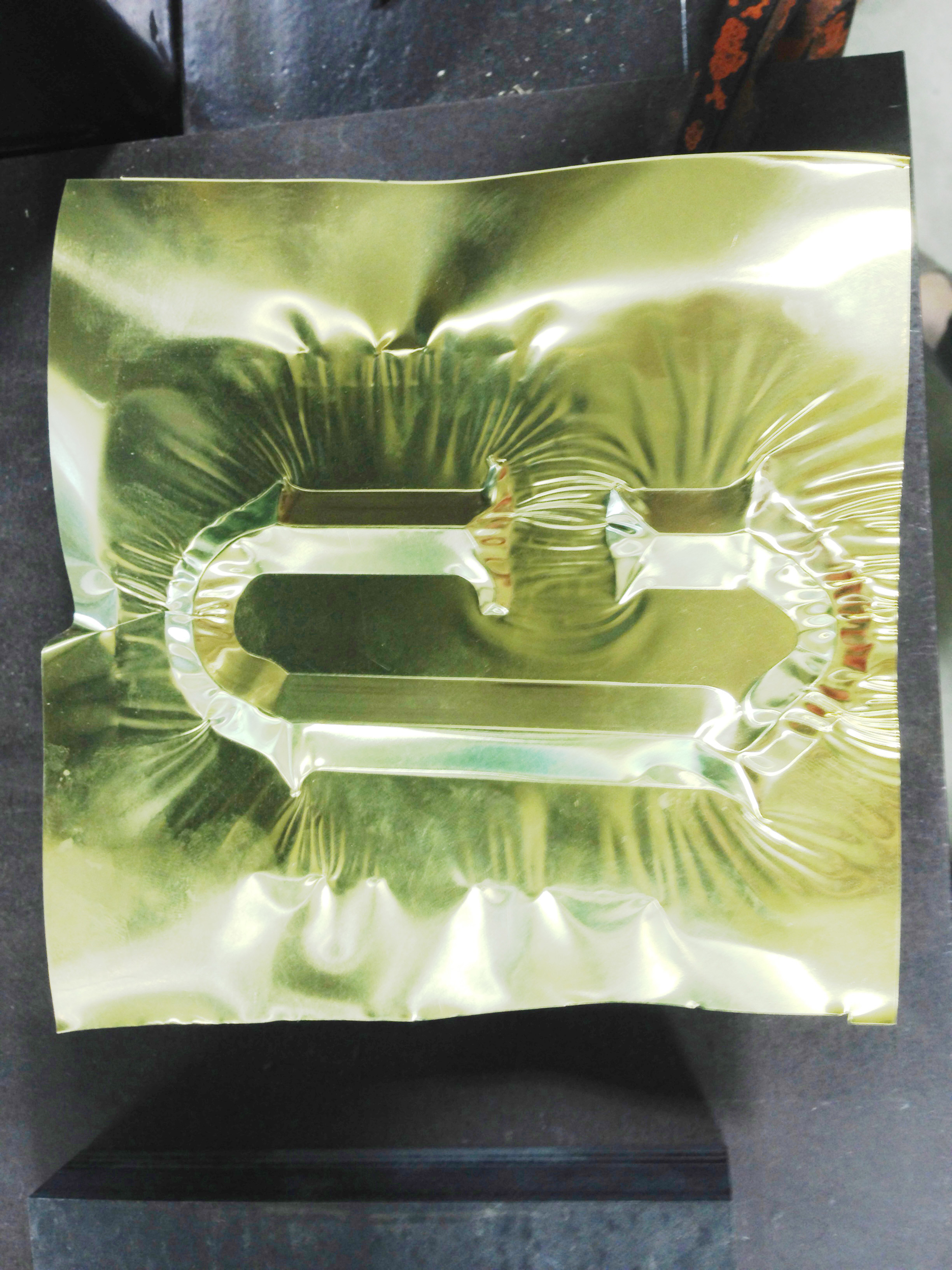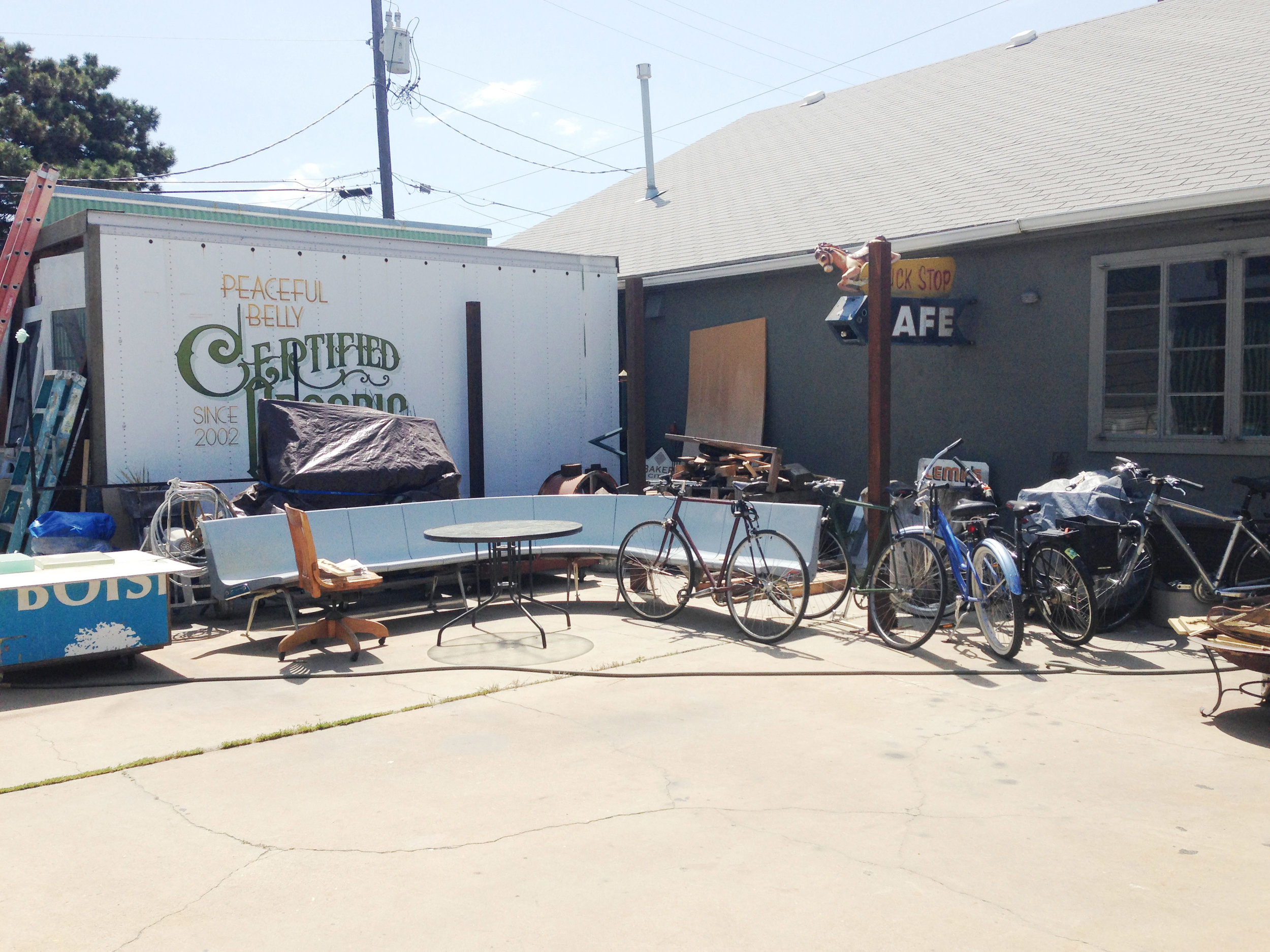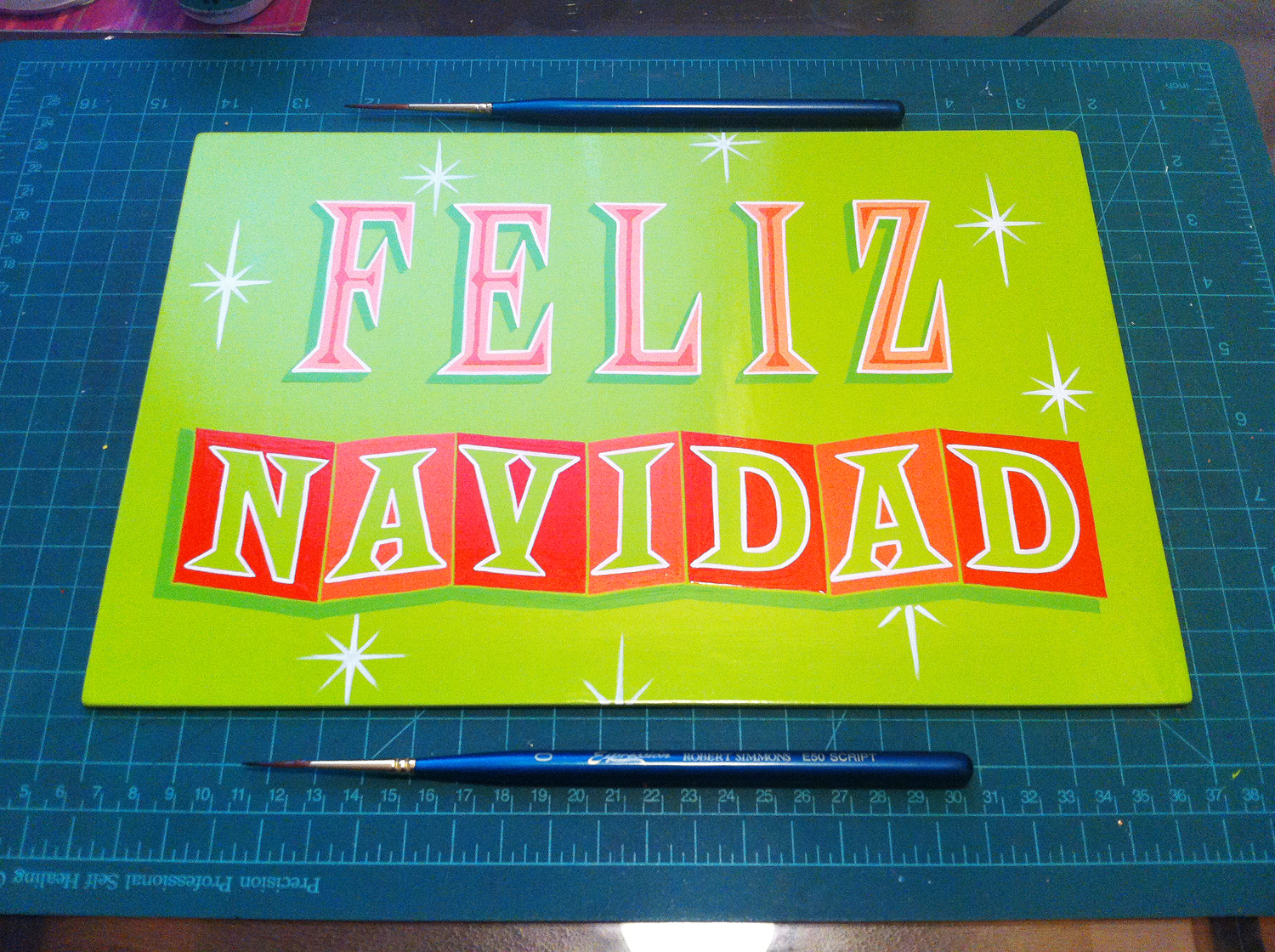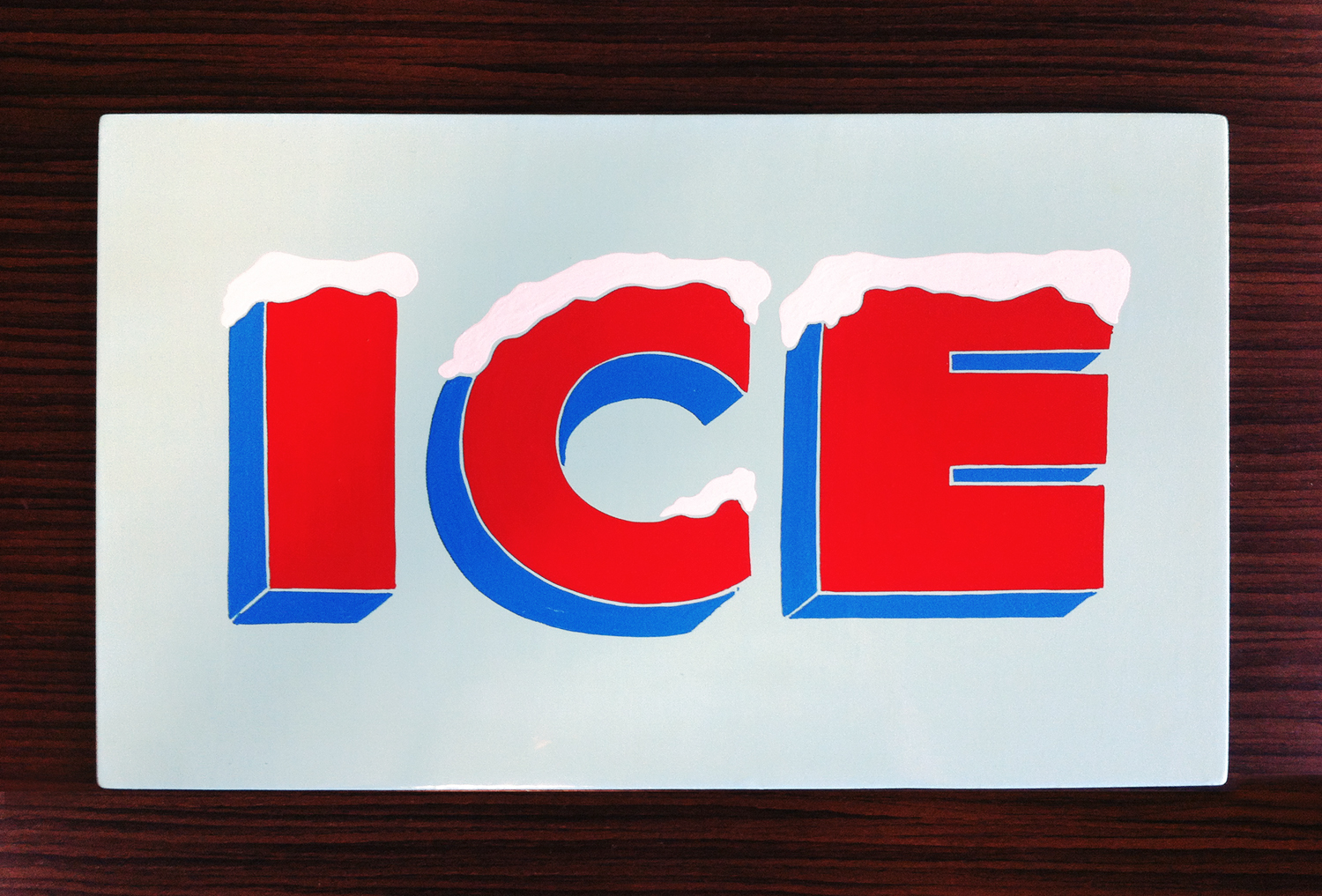Close-up of gilded glass artwork I completed for The Gilded Sparrow Tattoo
If you’re into sign painting, you’ve heard of the legendary “Signs of the Times” magazine. It’s an American sign trade periodical that goes back to 1906 when it regularly featured sign painters and technical sign crafting tips and tricks. These issues are now collectible and highly sought after by the up and coming generation of sign painters. While I haven’t been able to nab any of these issues, it was pretty cool to be honoured in one of their annual competitions called “Makers of Tomorrow”. I was recognized as one of this year’s 5 sign makers under 40 who represent the future of the sign trade. So now I officially have a copy of the magazine - with my work on the cover! Not a bad way to start the year. Here’s a link to my full maker feature.
Robin Donovan, the editor in chief of the magazine contacted me a few days afterwards to do a short phone interview for their podcast. Of course I was delighted to answer some questions about how I got started, where I find my design inspirations, and what it’s like working as a sole proprietor. It was fun to think back to 2013 when I started out and how things have changed and evolved since then. The interview can be found here in Signs Unscripted - Ep. 5 - Jennifer Konanz.
Of course I haven’t done this alone. I have my husband to thank for the nomination and for supporting the two of us while I transitioned to full-time sign painting. Not only has he helped out financially with the business, but he’s constantly talking through business strategies with me, giving me aesthetic feedback, and getting his hands dirty with everything from putting up scaffolding, helping me paint, weld, and build custom metal / woodwork for many of my sign projects through his own budding business House and Object. He is one of the indispensable “& Co.” members of my business without whom this endeavour wouldn’t be possible.
When asked about some of my favourite sign design resources, I mentioned a few in the interview and then realized I have so much more! My collection of old sign painting books has become an obsession of its own and this got me thinking to start a regular session of something called“ Off the Shelf” where I share titles and clips of some of my favourite sign books. So keep an eye on the news section for that!
Until next time, stay inspired and paint on!
















